Focus on a city : Prague - Czech Republic
Prague is the capital of Czech Republic. Also named as "the golden city" or "the city of a hundred towers", you will be able to enjoy your trip in this beautiful city after reading this article.
It is important to remind you that I'm also writing on Medium and I would be very grateful if you can follow my Medium channel which is named "Clément Delabruyère".
Short presentation
Prague, capital of the Czech Republic, is an emblematic Central European city. Covering an area of some 496 km², it is home to a population of around 1.3 million. Known as "the city of a hundred towers", Prague is renowned for its rich architectural heritage, with buildings dating from various eras, from 9th-century Prague Castle to modern constructions.
The city is divided into 22 districts, each with its own charm and history. The historic heart of Prague is a UNESCO World Heritage Site, including Old Town Square, Charles Bridge and the Castle District. Its geopolitical importance has grown since the end of the Cold War, as a cultural, economic and political crossroads in Central Europe.
Prague has played a central role in European history, from the Holy Roman Empire to Czechoslovakia and the Czech Republic. It was the birthplace of important artistic and intellectual movements, such as Art Nouveau and the Czech Renaissance movement. Visitors can explore the Jewish Quarter, visit fascinating museums and enjoy the city's thriving music and art scene.
The Vltava River meanders through Prague, offering picturesque walks along its banks. The city is also known for its famous Czech beer and lively markets. All in all, Prague is a must-see destination for lovers of history, architecture and culture, offering an enchanting blend of historical heritage and contemporary vitality.
Historical background
Prague's history dates back to antiquity. The first traces of settlement in the region date back to the Stone Age, but it was in the 9th century that Prague began to emerge as a political and cultural center. The legend of the founding of Prague by the princess Libuše and the peasant Přemysl the Ploughman is deeply rooted in Czech culture.
In the 10th century, the Přemyslid dynasty founded the Duchy of Bohemia and chose Prague as its capital. Prague Castle was built, becoming an enduring symbol of the city. In the 12th and 13th centuries, Prague prospered under the reigns of Wenceslas I and Otakar II, attaining the status of a key economic and political center in the Holy Roman Empire.
The city became the seat of the archbishopric and experienced a period of cultural growth during the reign of Charles IV in the 14th century. Charles IV transformed Prague into a university center and built many landmark buildings, including the Charles Bridge and Charles University.
Over the following centuries, Prague was the scene of religious and political tensions. The Thirty Years' War (1618-1648) led to religious conflicts and major destruction. The city then came under the rule of the House of Habsburg and became part of the Austro-Hungarian Empire.
The late 19th and early 20th centuries were marked by the Czech Renaissance movement and the quest for national identity. After the First World War, Prague became the capital of the new Czechoslovak Republic.
The Nazi occupation during the Second World War and the Communist period that followed were not without consequences for Prague. However, in 1989, the Velvet Revolution marked the fall of the Communist regime and the opening of a new era of democracy and freedom.
Since then, Prague has flourished as an economic, cultural and tourist center in Central Europe. The city has witnessed political change, architectural restoration and the revitalization of its historic heritage. Today, Prague embodies a captivating blend of history and modernity, attracting visitors from all over the world for its timeless beauty and rich cultural heritage.
Must-see places
Prague Castle (Pražský hrad)

One of the world's largest castle complexes, home to St. Vitus Cathedral, the Royal Palace and magnificent gardens. The panoramic view over the city is breathtaking.
Charles Bridge (Karlův most)

An emblematic 14th-century bridge, adorned with statues of saints, linking the Old Town to the Castle district. Romantic atmosphere and views of the Vltava River.
Old Town Square (Staroměstské náměstí)

Lively historic center, with astronomical clock, Church of Our Lady of Týn and colorful houses.
Jewish Quarter (Josefov)

A district steeped in history, home to synagogues, a Jewish cemetery and a museum dedicated to Prague's Jewish culture and history.
Wenceslas Square (Václavské náměstí)

A large historic square surrounded by modernist buildings and stores, which has been the scene of many historic events.
St. Nicholas Church (Chrám svatého Mikuláše)

A superb Baroque church in the Malá Strana district, renowned for its architecture and interior frescoes.
Petřín Hill (Petřínské sady)

A green hill offering peaceful gardens, an observation tower, a distorting mirror and a relaxing atmosphere.
Church of Our Lady of Loreto (Kostel Panny Marie)
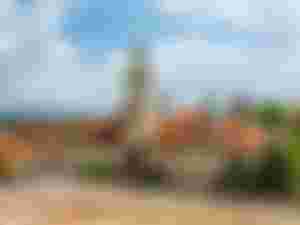
A Baroque church adorned with numerous frescoes and located in the Hradčany district, near the castle.
National Theater (Národní divadlo)
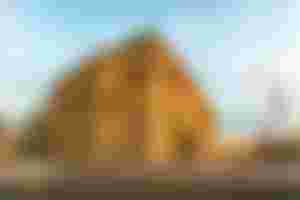
A magnificent neo-Renaissance building hosting ballet, opera and theater performances, located on the banks of the Vltava River.
National Museum (Národní muzeum)

A vast museum of Czech history, culture and science, located on Wenceslas Square.
These sites offer a varied overview of Prague's history, architecture and culture, making your stay a memorable experience.
Celebrities linked to Prague
Franz Kafka (1883-1924)

A major writer of the 20th century, Kafka is famous for his works exploring alienation, bureaucracy and the nature of reality, such as "The Metamorphosis" and "The Trial".
Alphonse Mucha (1860-1939)
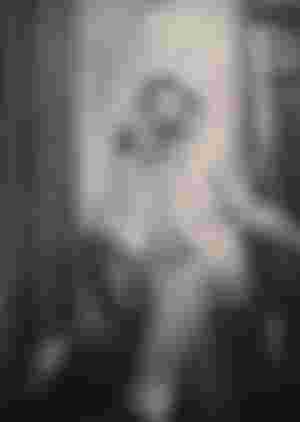
A major artist and poster designer of the Art Nouveau movement, Mucha is known for his elegant, ornamental creations, notably the posters for Sarah Bernhardt's "Saison".
Václav Havel (1936-2011)

Playwright, dissident and politician, Havel became the first president of the Czech Republic after the Velvet Revolution, contributing to the transition to democracy.
Miloš Forman (1932-2018)
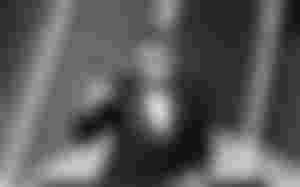
Oscar-winning filmmaker, Forman directed such iconic films as "One Flew Over the Cuckoo's Nest" and "Amadeus", exploring the human psyche and history.
Sigmund Freud (1856-1939)
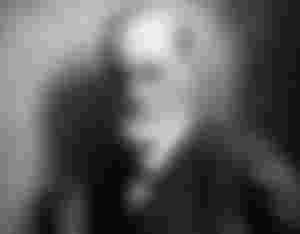
Father of psychoanalysis, Freud revolutionized understanding of the human mind and the unconscious, profoundly influencing modern psychology and culture. Although born in Freiberg (now in the Czech Republic), he spent a significant part of his professional life in Vienna, Austria.
If you enjoyed reading please follow me and put a like, thank you !
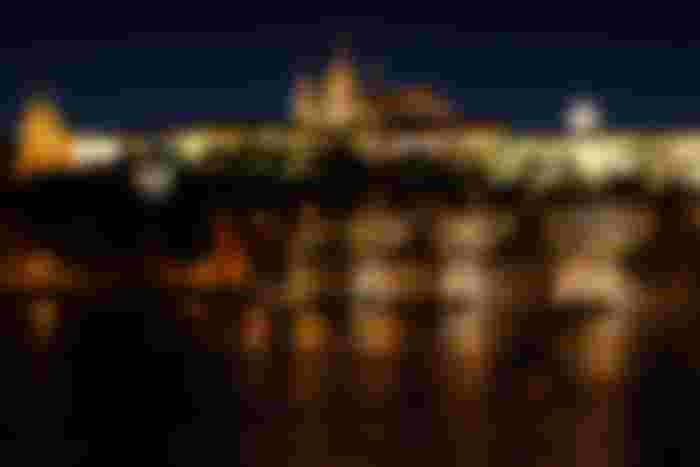
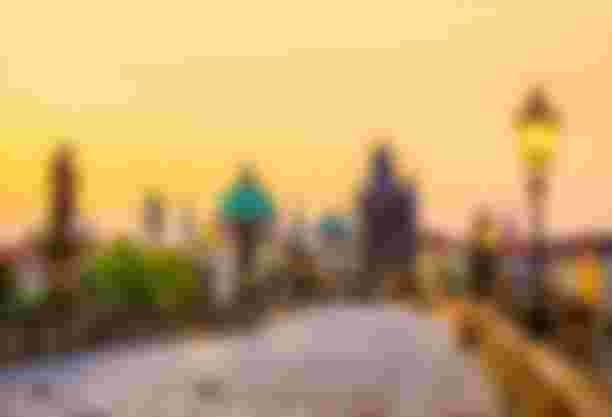

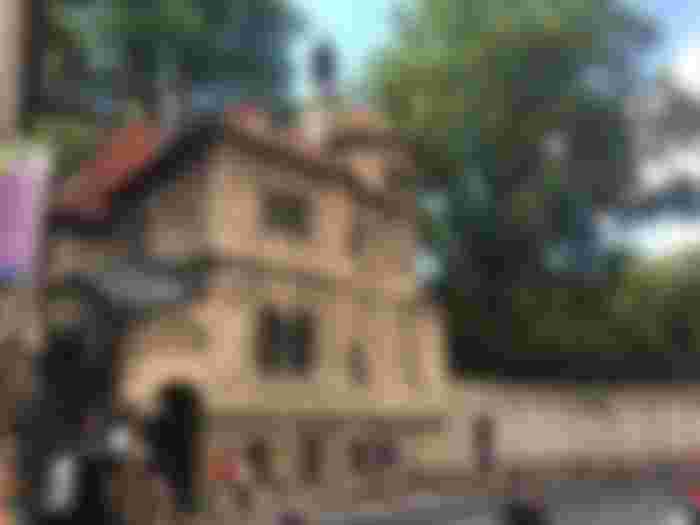
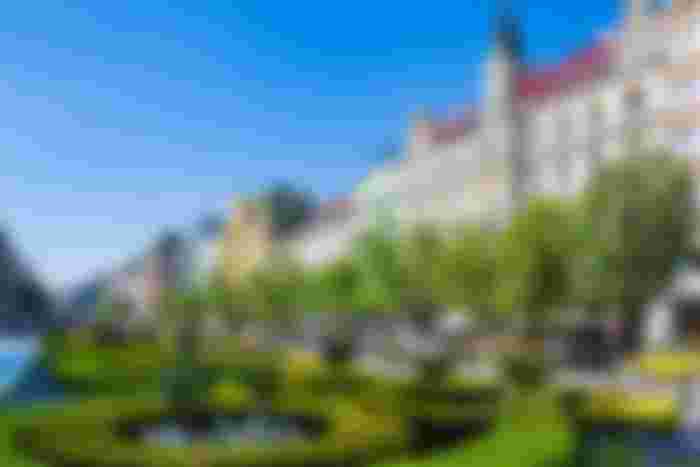
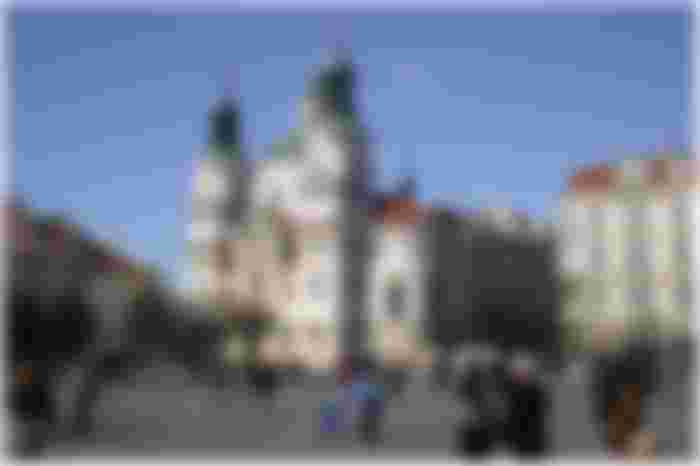


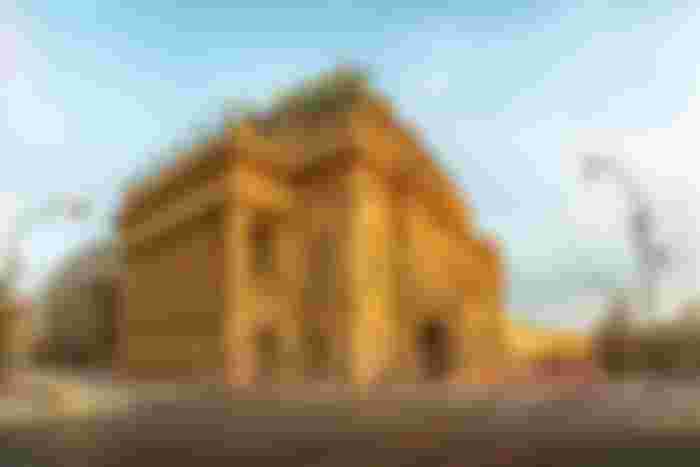
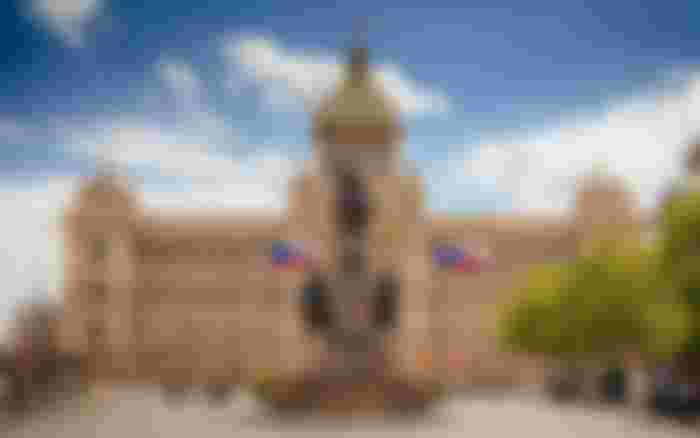
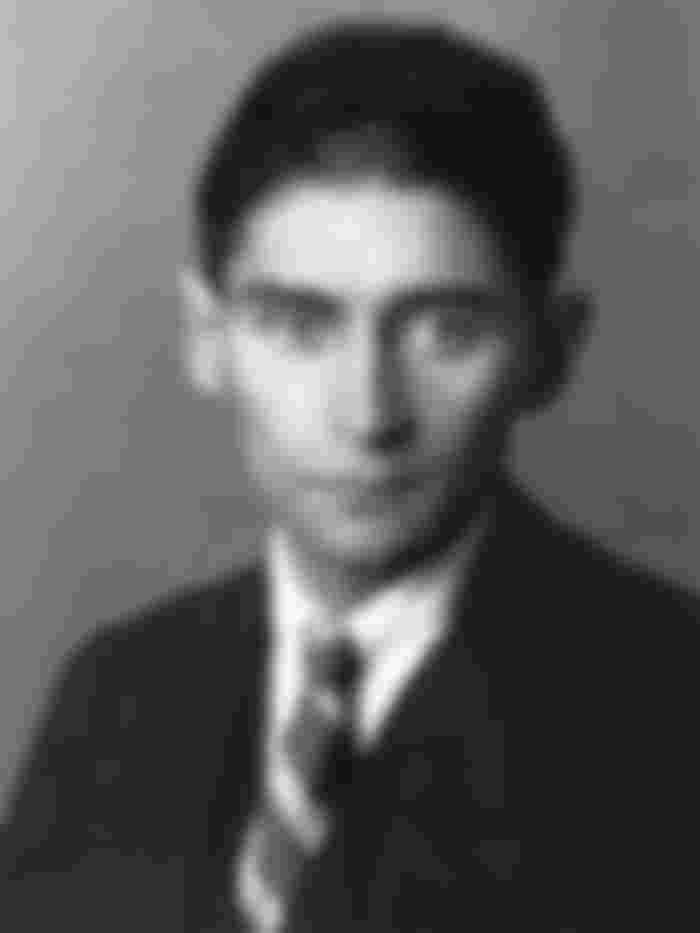
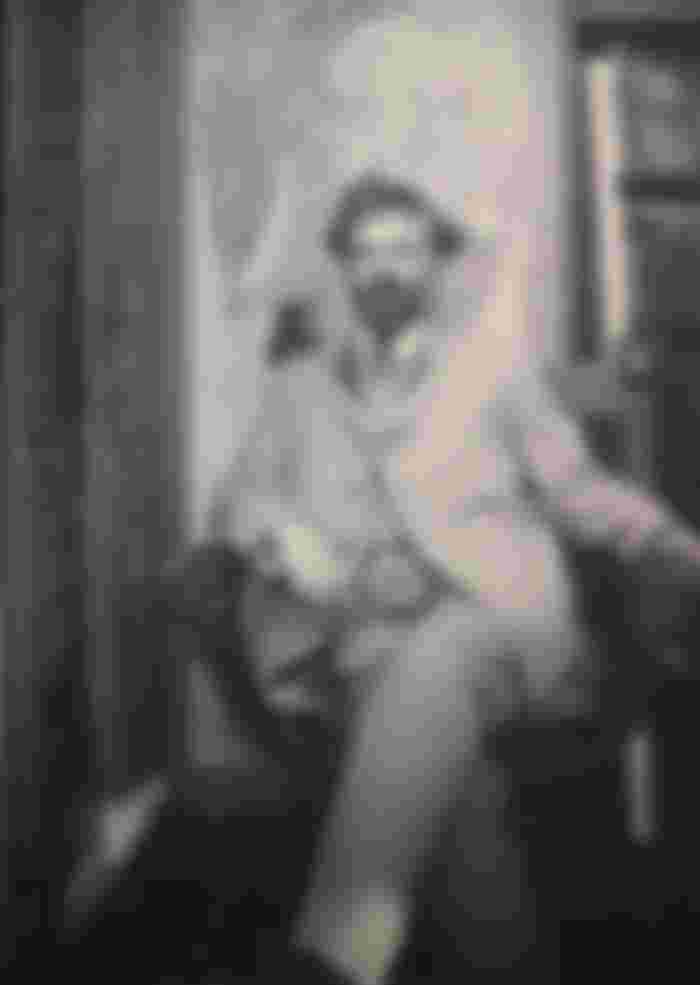

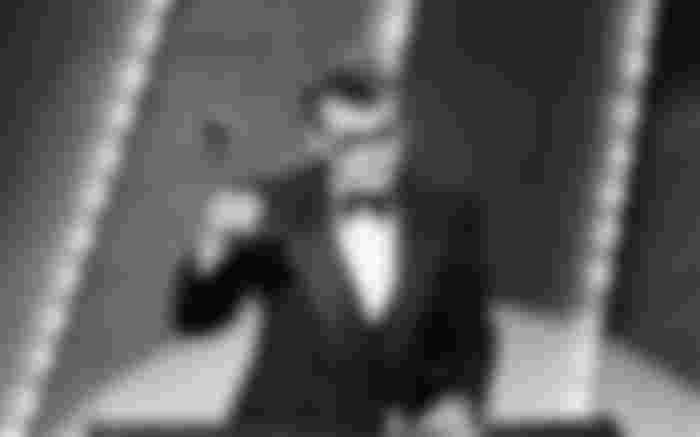
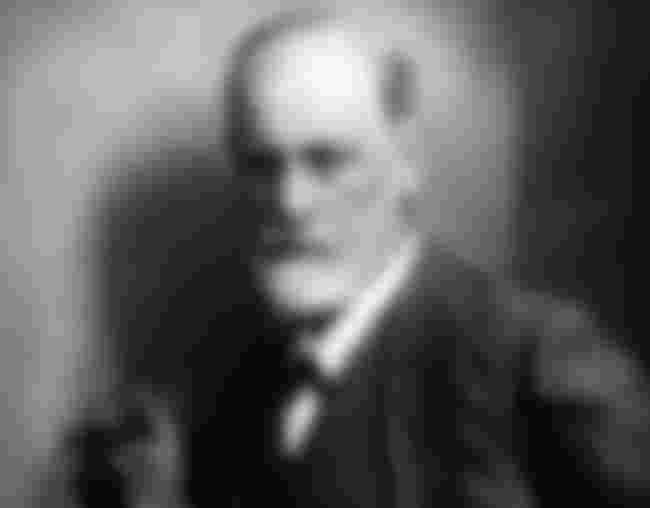
Prague: A timeless city where history dances with beauty, cobblestone streets whisper tales of the past, and Gothic architecture paints an enchanting backdrop for modern adventures."